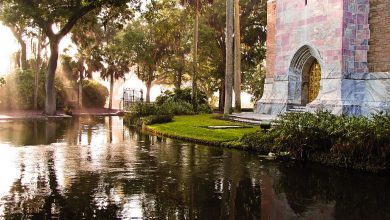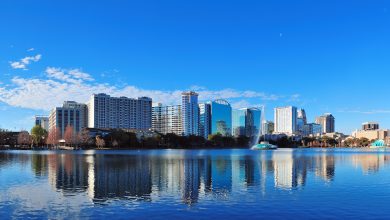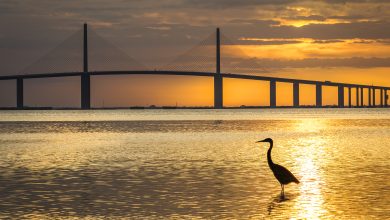History in Florida? You Might Be Surprised
Discover some historic sites in your own backyard
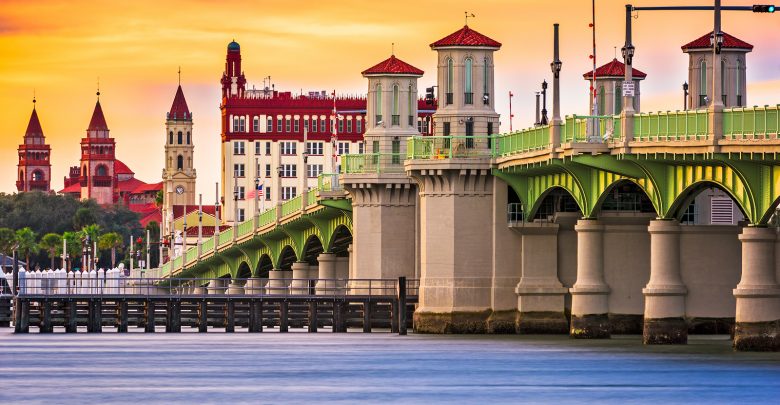
When most people picture Florida, they think of one of two things. Usually, either theme parks or beaches will come to mind. These are of course two of the modern reasons why millions of people flock to Florida each year, but the state that you see today is nothing like it once was. Florida has a history that dates back over 14,000 years, while recorded history starts in 1513. That was when the peninsula was discovered by Juan Ponce de Leon. It was named La Pascua Florida at the time. The area was the first part of the mainland to receive European settlers. Florida did not become a U.S. Territory until 1821, and in 1845 it became the 27th state. There are plenty of historic cities in Florida. Here are three that you might want to visit.
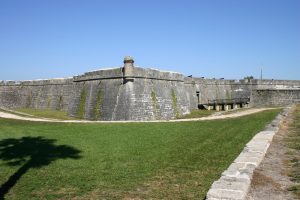
munchiesmom / Bigstock.com
St. Augustine
If you are looking for history in Florida, St. Augustine is one place that you need to visit! It is the oldest continually inhabited settlement that was established by the Europeans within the contiguous United States. There are older settlements out there, but none of them can say that they have had people living there since 1565. The city was settled by Spanish Admiral Pedro Menendez de Aviles, who also became Florida’s first governor. He named it after the Catholic saint. St. Augustine was the capital of both Spanish Florida and British East Florida. When Spain ceded Florida to the United States, St. Augustine was again designated the capital. The city was where a famous battle took place between the French and the Spanish, with the Spanish massacring the French. The remains of the original fort are found at Fountain of Youth Archaeological Park and the Mission Nombre de Dios historic site. History buffs can tour the park and also learn about the history of the city. There are plenty of other historical sites that the city has to offer. Shrine of Our Lady of La Leche at Mission Nombre de Dios is where the first Catholic mass was said on what is now U.S. soil. At Colonial Quarter you can walk through a village that will take you back in time. You can also visit Fort Matanzas National Monument, which is where the historic defeat of the French took place. These are just a few of the ways that you can experience Florida’s history in St. Augustine.
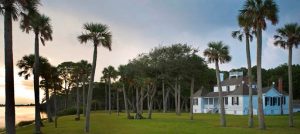
nps.gov
Jacksonville
Jacksonville is known as the largest city in Florida, and also for being the largest city by area in the contiguous United States. Almost a million people call the city home, and the area around the city boasts even more. Located on the banks of the St. Johns River, it is not surprising that the city is also full of history. It was the French who originally settled in the area. The name Jacksonville is in honor of Andrew Jackson, the seventh President of the United States. During the Civil War, cattle and pigs were supplied to the Confederate Army through Jacksonville. The city changed hands between the Confederate Army and the Union Army several times during the war. The Battle of Olustee took place on February 20, 1864. It was the only major battle fought in Florida during the Civil War, and it was a devastating defeat for the Union. After the Civil War ended Jacksonville became a bit of a haven for the rich, and also a popular destination to escape the cold winters in the North. During the Spanish-American War, there were guns smuggled from Cuba through Jacksonville. One of the gunrunners was future governor Napoleon Bonaparte Broward. The Great Fire of 1901 was the largest fire ever in the Southeastern United States. Once it was over, at least 10,000 people were without a home. Jacksonville is now home to several historic destinations. The Kingsley Plantation House dates back to 1798. The Timucuan Ecological and Historic Preserve is named after the people who lived on the land before the Spanish and the French arrived. Ribault Monument and Fort Caroline National Memorial are landmarks of the historic battle between the French and the Spanish. There are also other glimpses of history that you can experience in Jacksonville.
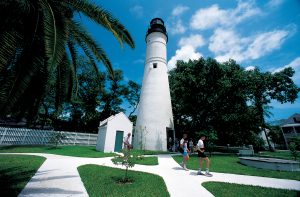
fhwa.dot.gov
Key West
Key West was originally settled by the now extinct Calusa tribe. The first European to arrive in the area was Juan Ponce de Leon. That was in 1521. Key West eventually became mostly a fishing village. It was originally called Cayo Hueso. For some time the area was officially claimed by Spain, but it was also used by fishermen from Britain and Cuba. In 1815, Key West was deeded to an officer in the Royal Spanish Army Artillery who was stationed in St. Augustine. His name was Juan Pablo Salas. He then sold the land to two different people. Ownership ended up in the hands of businessman John W. Simonton. In 1822, Key West officially became part of the United States. It also became a popular shipping lane. A naval base was built, and during the Civil War, Key West remained loyal to the Union. Key West is the home of the Fort Zachary Taylor Historic State Park. The fort dates back to 1845. It was used in several wars, including the Civil War, the Spanish-American War, World War I, and World War II, and also during the Cuban Missile Crisis. In 1968, volunteers discovered Civil War weapons that were buried in parts of the fort that hadn’t been used in decades. It turns out that they uncovered the largest collection of Civil War cannons in the country. The area is now a National Historic Landmark. Another historic destination in Key West is the Key West Lighthouse. The original lighthouse was built in 1825. That was destroyed by a hurricane in 1846. Work on the new tower began the following year, and it was completed two years later. The lighthouse remained in operation until 1969, when it was deemed that it was no longer needed. The Key West Lighthouse and the lighthouse keeper’s cottage have been restored,


